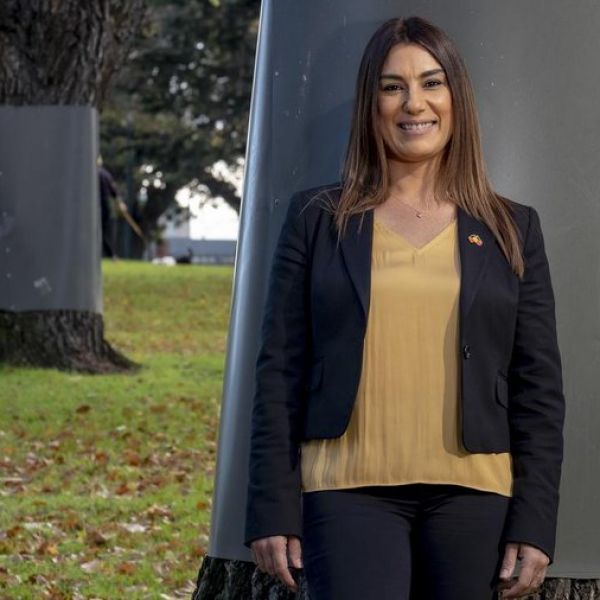Indigenous Recognition and the Uluru Statement
By Amy Maguire and Dani Larkin
Gunnai-Kurnai and Gunditjmara woman Lidia Thorpe was recently elected by Greens party members to replace the former party leader, Richard Di Natale, as senator for Victoria. Thorpe is the first Indigenous woman to represent the Greens in federal parliament. She brings a welcome diversity of experiences and perspectives.

Since entering the Senate, Thorpe has renewed her public engagement with the reform proposals of the Uluru Statement from the Heart. The statement calls for the constitutional entrenchment and protection of
- A First Nations Voice to Parliament to advise government on laws and policies that impact on Indigenous affairs
- A Makarrata Commission to supervise processes of treaty-making and truth-telling.
Most First Nations representatives championing the Uluru Statement are focusing first on the co-design of the Voice to Parliament proposal with government. They see the Makarrata Commission and its goals as the next step in the sequence.
The Greens have endorsed the Uluru Statement, but Thorpe has a different take on what she believes should be priorities for Indigenous leaders. She argues a treaty should come first – not the Voice to Parliament.
However, a Voice to Parliament as a first step is a practical way forward, enabling First Nations to guide treaty-making processes. A change like this would be significant.
The path to Uluru
The Uluru Statement was the outcome of an extensive consultation process. It emerged from 13 regional dialogues and the subsequent First Nations National Constitutional Convention of 2017. This process was key to reaching a First Nations consensus embedded with elder and community authority.
Throughout that process, First Nations people affirmed the immediate need for practical and meaningful changes to Australia’s governance structure. The most immediate proposed change was for a representative First Nations political voice.
The Voice to Parliament would give First Nations people a say on the laws and policies that affect their affairs. This is essential given the history in Australia of forgetting, marginalising or silencing First Nations perspectives, which continues today.
The Uluru proposal would also entrench the Voice in the constitution to protect against the possibility of being extinguished. This was the fate of the Aboriginal and Torres Strait Islander Commission (ATSIC) – the only previous Indigenous representative agency with substantial program and policy responsibilities.
A majority of the 250 First Nations leaders at the convention agreed to the Uluru Statement. But that does not mean all Indigenous people agree with its proposals.
Thorpe was among a small group of delegates who walked out of the convention in protest. Other Indigenous people have also challenged the Voice proposal, preferring a treaty process.
Amy Maguire is affiliated with the University of Newcastle
Dani Larkin is affiliated with the University of New South Wales
This article was originally published at The Conversation. Read the full article.
Related news
- Healthy recognition: Dietitian earns prestigious Australian science honour
- Nine Newcastle teams secure $5.4m in ARC Discovery grants to unearth new knowledge
- Heart of the problem is short lifespan of disease prevention programs
- Community collaboration takes flight in bird opera workshop
- Grand Challenge winners share in $30
The University of Newcastle acknowledges the traditional custodians of the lands within our footprint areas: Awabakal, Darkinjung, Biripai, Worimi, Wonnarua, and Eora Nations. We also pay respect to the wisdom of our Elders past and present.